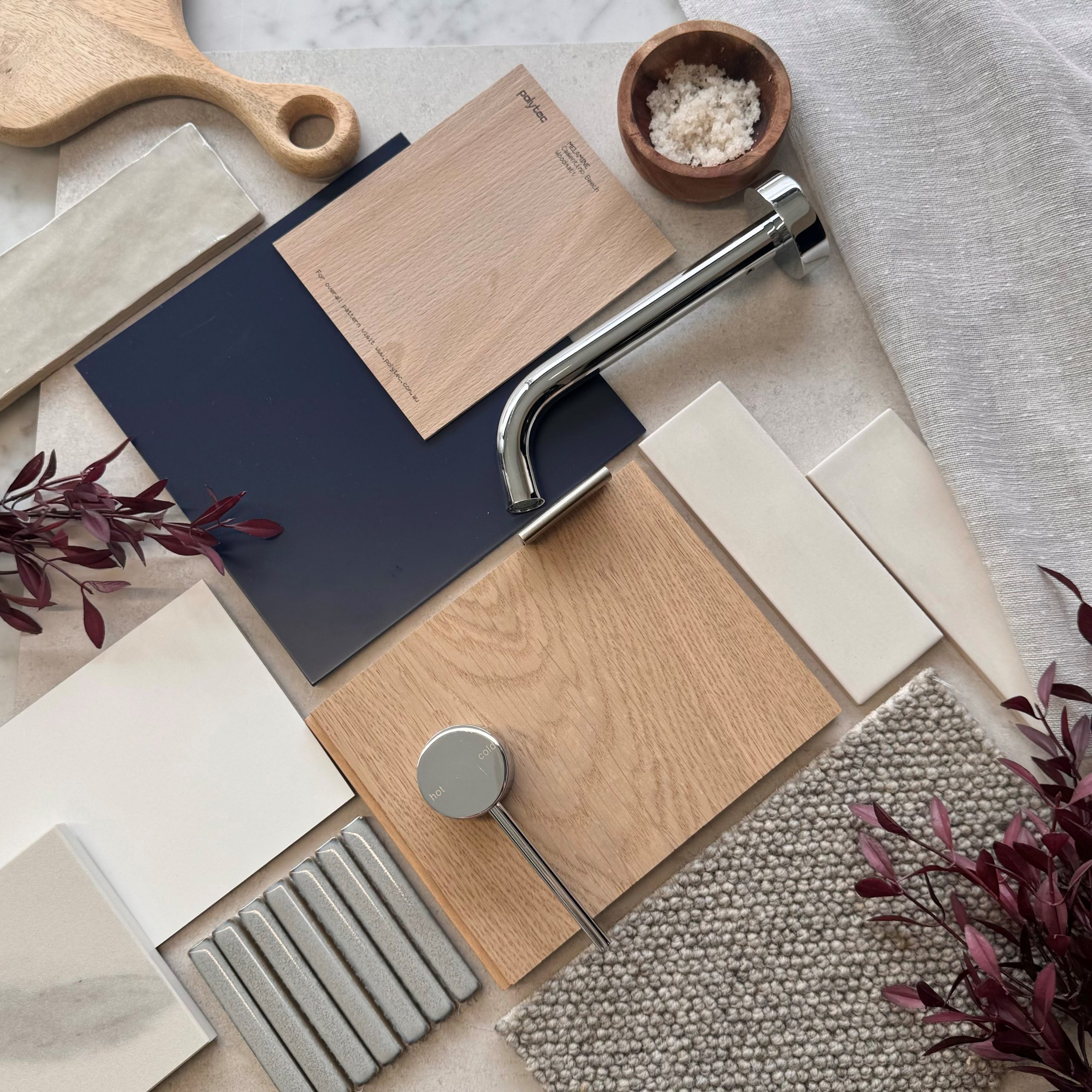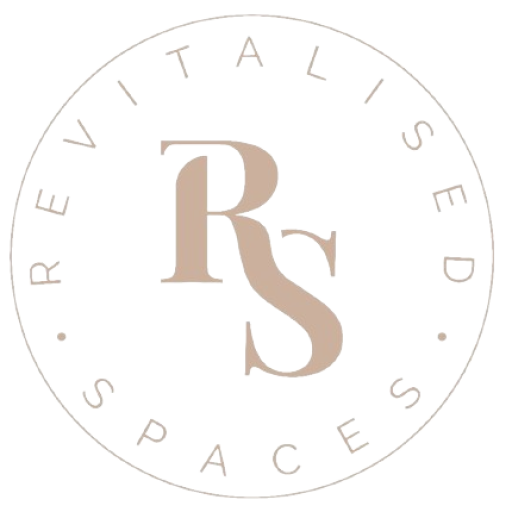Designing and building a new custom home on the Mornington Peninsula is incredibly exciting, and it’s likely that you have hundreds of ideas floating around in your head about what you want your home to look like. But how do you bring all your ideas together and make sense of it all?
A mood board is a useful tool for turning your vision into a reality, as it allows you to visualise how your ideas will come together. The colours, materials and designs you are imagining may not look as good when you bring them all together – which is why it’s so important to create a moodboard before you begin your build.

What is a moodboard?
A moodboard is a collection of ideas that help you organise and plan for the design of a space. They generally consist of images, materials, pieces of text or other clippings that are intended to explore a particular style or concept.
Creating a mood board is a great way to visually communicate your concepts and visual ideas to your builder, but if you want to take the extra step and nail the design of your home, look for a builder that has an experienced in-house interior designer.
When working with a company like this, you’ll have the opportunity to meet with them prior to site commencement to source and specify all colours, materials & fixtures. This initial brief meeting allows both the in-house interior designer and building company to get to know your style vision, budget and fundamental requirements for your custom project, which will ultimately reduce any miscommunication and issues down the line.
How do I create a moodboard?
This first step in creating a moodboard is to gather information, and luckily, the digital world is full of inspiration! Pinterest, Instagram and interior design blogs are all great platforms to use when it comes to sourcing information, but don’t forget forget to look for inspiration in the physical world too.
Browsing shops, collecting the latest catalogues from stores, looking at interior design and decorating books, house and garden magazines, and brochures from kitchen and bathroom companies can also provide you with a big dose of inspiration. You can also collect paint samples from hardware stores and gather fabric swatches from furniture stores.
When designing your mood board, you might like to create one for the interior of your new home and one for the exterior. If you’re the more detailed type, you can even create a moodboard for each room in your home that highlights its components.
Creating a moodboard doesn’t come without obstacles, which is why the final step is to look at your inspiration board and ask yourself ‘what’s working and what isn’t?’
You may find that your moodboard is too monochromatic, which can be resolved by adding neutral colour or natural materials to balance the look.
Maybe your moodboard is looking flat and boring? A good way to add more life and interest is to introduce more colour and texture. From natural materials like timber, to luxe finishes like marble, there’s no shortage of materials and textures to choose from.

Alternatively, if your mood board is too busy and isn’t cohesive, you may need to look at refining your choices. Perhaps there are too many colours and textures, in which case you need to choose a select few and introduce some more neutral tones to balance the look and feel..
If you’re looking to work with a renovation specialist that has an experienced in-house interior designer, get in touch with the team at Revitalised Spaces





